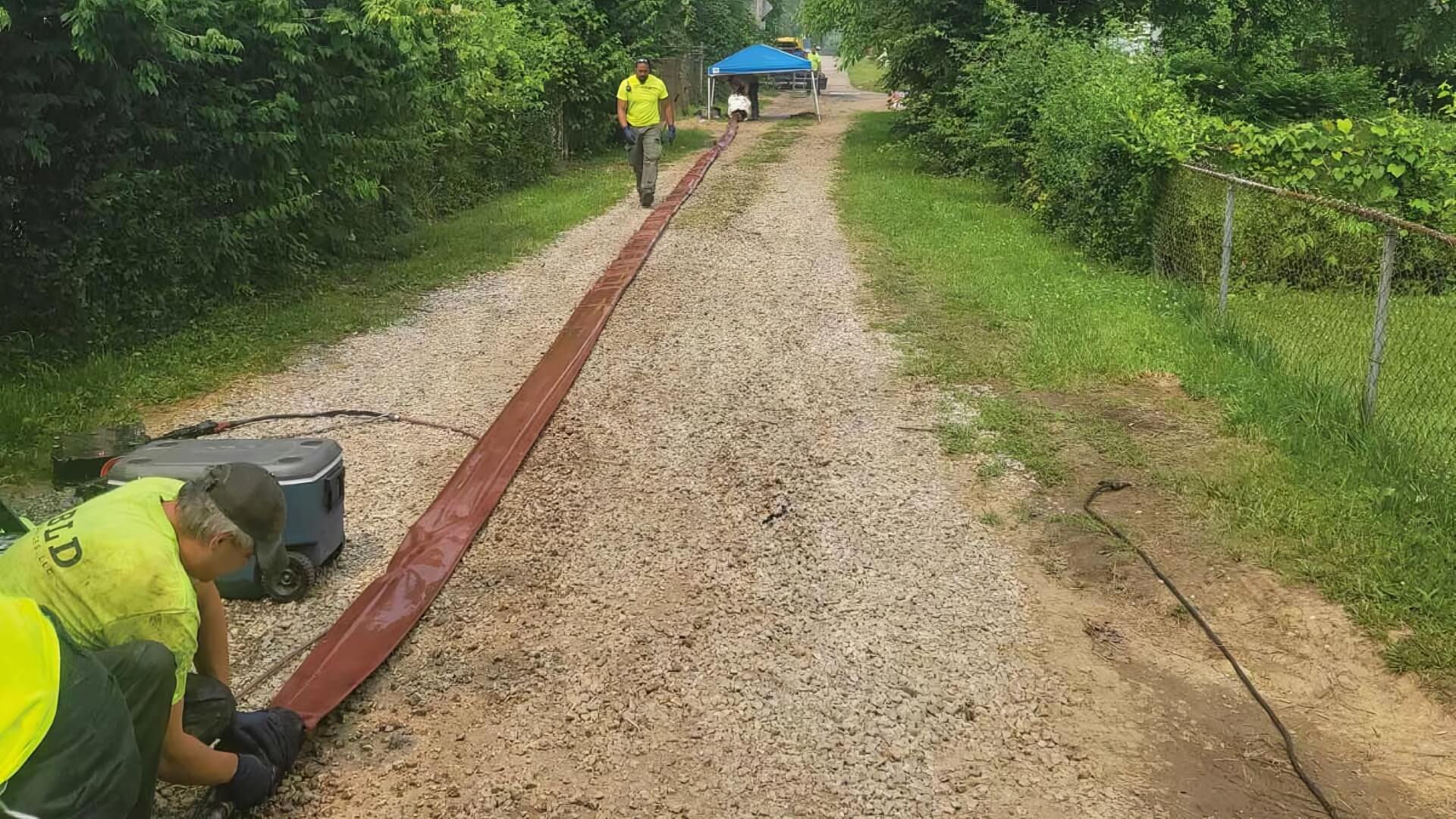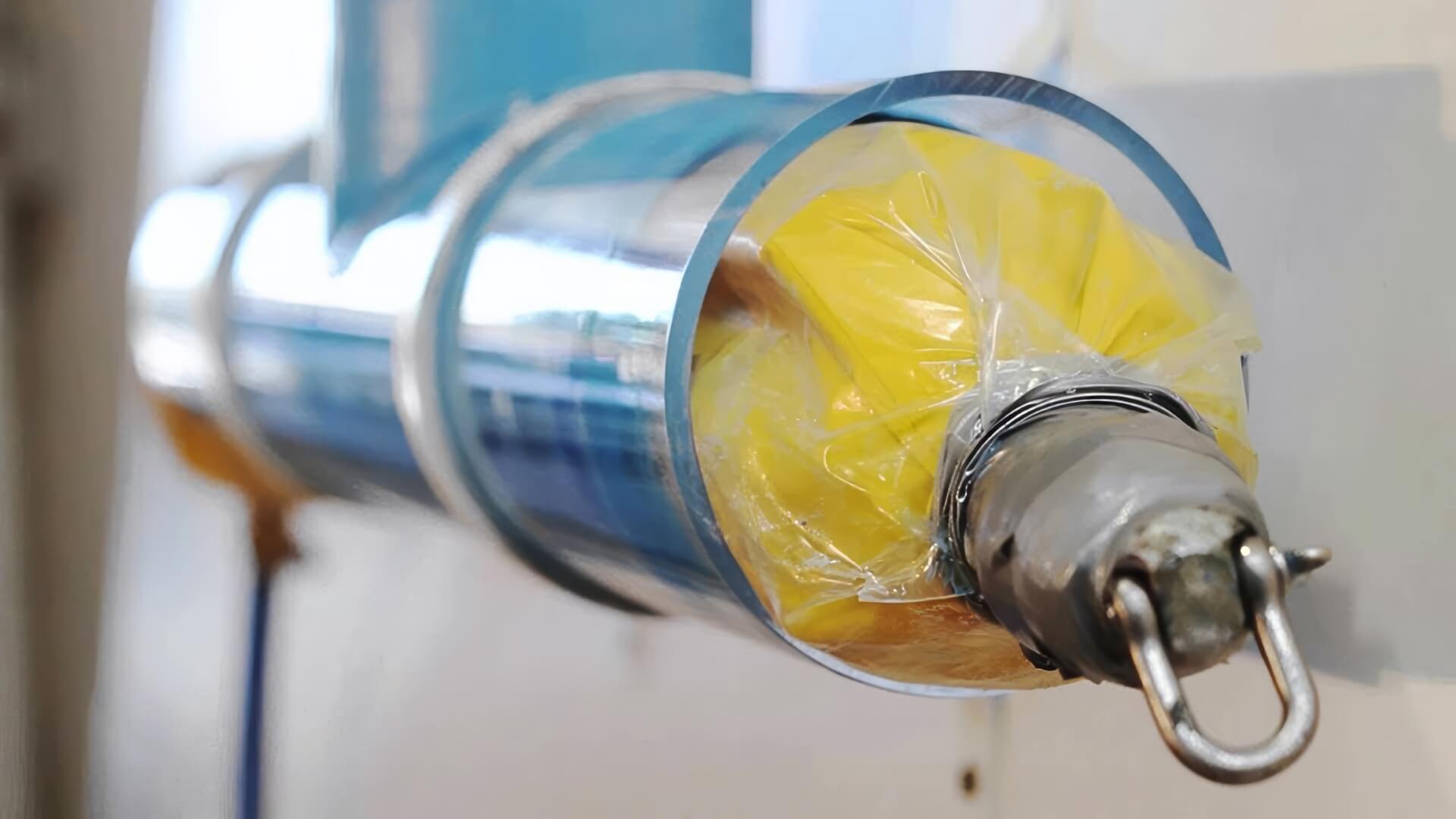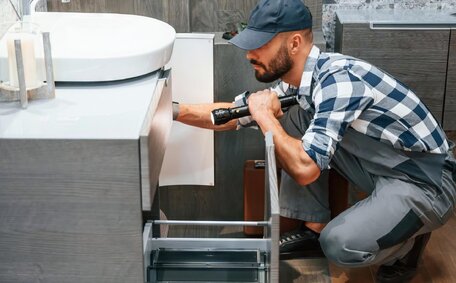Introduction to Gas Heater Safety
When you use gas heaters correctly, they can be a reliable and efficient heating option for indoor spaces. However, you should always ensure safety is the top priority when operating any gas appliance in your home. There are a few key considerations when determining if your gas heater safe for the confines of interior spaces.
The heater, unlike an outdoor heater, must be properly certified for indoor use. Outdoor heaters, such as camping stoves and makeshift setups, must never use inside any enclosed spaces. Indoor heaters have special safety features and mechanisms to prevent carbon monoxide poisoning, fires, and ignition of flammable materials.
Maintaining the air quality high, ensuring your gas heater can function with adequate ventilation is crucial.
Gas heaters consume oxygen and release dangerous air pollutants like carbon monoxide CO and nitrogen dioxide, which are odourless and invisible. Rooms must have an adequate air supply to avoid the buildup of toxic gases, particularly while using your gas heaters, as the required airflow can vary depending on heater type and room size. Modern units like natural gas heaters also come fitted with oxygen depletion sensors which automatically power down the unit if oxygen levels drop significantly.
It’s also vital to ensure sure your heater is installed correctly, have your gas heater serviced regularly every 2 years by a licensed gas fitter, and carefully follow the manufacturer’s operating guidelines. Warning signs to watch out for include excessive condensation, abnormal flame colours or irregular noises.
Understanding Indoor vs. Outdoor Gas Heaters
Indoor gas heaters are expressly engineered for heaters safe use within domestic and occupied areas. Having your heater installed with special safety features like oxygen depletion sensors, automatic shut off mechanisms, durable pilot lights and protective outer casings is paramount.
Outdoor gas heaters lack the specific safety features essential for safe indoor use. They are open flame appliances intended only for external areas with plentiful ventilation. Misusing outdoor heaters indoors can swiftly deplete oxygen or emit hazardous gases like carbon monoxide, leading to an increased risk of health hazards.
It is absolutely vital to use the proper heater for the environment. Keep your indoor gas heater safe, and remember: Indoor heaters indoors, outdoor heaters outdoors. It is absolutely vital to use the proper heater for the environment.
Failing to do so puts occupants at serious risk of carbon monoxide poisoning which causes flu-like symptoms, organ damage and even death.
If you’re pondering 'What should i do i require an indoor gas heater installation?’, consult a licenced professional like the experts at Padstow Plumbing. We only install certified indoor heaters to the highest safety standards. We can also inspect your existing central heating systems and advise on the optimal heating solutions for your area.
Ventilation Requirements
Proper ventilation is critical for the safe operation of indoor heaters, including the use of unflued gas units, to prevent indoor air pollution. These appliances consume oxygen and emit hazardous byproducts, including dioxide and carbon monoxide, both specifically dangerous due to their risks. Without proper air circulation, especially when using certified indoor heaters, it can result in carbon levels that accumulate to hazardous states.
Carbon monoxide is particularly dangerous because it is a gas you can’t see or smell, making it hidden and insidious. It is impossible to detect without a specialised carbon monoxide alarm. High levels of carbon monoxide can cause flu-like illness, organ damage and even death. Improper ventilation can make levels of carbon monoxide and carbon dioxide reach toxic levels unnoticed.
All rooms with gas heaters must have a supply of fresh outside air, whether through open windows, ventilation grilles or ducts leading outdoors. Newer heaters also have built-in oxygen depletion sensors that automatically shut off the unit if oxygen runs low. Grasp how to use your heater effectively by adhering to all manufacturer’s guidelines for the proper clearances and ventilation requirements.
By ensuring adequate fresh air supply and use of your gas heater as intended, ensuring it’s serviced as a certified indoor appliance with safety features, it can be safely operated indoors. However, what should i do i unflued gas heaters are in my home? It is essential to have them serviced to control levels carbon monoxide every 2 years and watch for warning signs of improper ventilation.
Servicing and Maintenance
Regular servicing and maintenance is vital for safe and efficient gas heater operation in the long run. The experts at Padstow Plumbing recommend getting all gas appliances inspected by a qualified professional to use your heater safely, at least once every 2 years, in line with manufacturer guidelines.
During servicing, technicians will tune and warm up the heater, including electric heaters, check for leaks or blockages, test safety features and ensure optimal performance for those who use propane heaters. This prevents issues like gas leaks, carbon monoxide accumulation and oxygen depletion over time.
Warning signs to look out for between services include:
- Irregular flame patterns or colours
- Changes in the heater’s sound
- Higher energy bills from inefficient operation
- Excess moisture or condensation buildup
Neglecting regular maintenance puts more than just your property at risk; it could harm your health, which can devastate families. A malfunctioning heater can leak perilous amounts of carbon monoxide or other harmful gases unexpectedly. They may also overheat and significantly increase the fire risk.
For the safest and most efficient propane heater usage, trust the licenced professionals at Padstow Plumbing. Our preventative servicing and repairs, detailed on this page been produced with meticulous care to ensure your system operates safely for years to come.
Built-in Safety Features
Modern indoor gas heaters are energy safe, designed to mitigate the risk of high levels of carbon monoxide, and feature several safety mechanisms to prevent monoxide CO poisoning or fires:
- Oxygen depletion sensors - These automatically turn off the heater if oxygen levels in the room drop too low
- Flame failure device - Cuts off gas supply if pilot light goes out
- Overheat protection - Prevents overheating and potential fires
- Tilt switches - Shut off gas if appliance falls or moves excessively
- Thermocouple - Prevents gas flow unless pilot light is on
- Guard grilles - Protect vital components while allowing airflow
It’s critical to keep your heater in check with servicing scheduled at least every two years to ensure it continues operating safely. Installation and repairs should only be done by qualified professionals like those at Padstow Plumbing. We stay up to date on the latest gas heater models and safety mechanisms.
Consider how to use unflued types of heaters; maybe it’s your opportunity to upgrade older heaters that lack current safety features. Newer appliances offer much higher levels of protection against carbon monoxide poisoning, gas leaks and other hazards.
Identifying Carbon Monoxide Risks
Carbon monoxide (CO) is an odourless, colourless gas that can be deadly if inhaled. Using a faulty gas heater or an unventilated one indoors exposes occupants to serious CO poisoning risks.
Warning signs of CO exposure include:
- Flu-like symptoms like headaches, dizziness, nausea
- Fatigue and chest tightness
- Changes in behaviour
- Impaired vision and coordination
Children, including those with childhood asthma, pregnant women, elderly and those with respiratory issues are most vulnerable over long periods time. Exposure for long periods of time to these gases, even at lower concentrations, can be lethal.
Install CO alarms in every area of your home, especially near areas for gas cooking and sleeping areas. If an alarm sounds, evacuate immediately and call 000. Do not re-enter until cleared by emergency services.
Prevention is key. Have gas heaters serviced biennially, ensure adequate ventilation per the manufacturer, and upgrade old unflued models. Consult licensed gas professionals like Padstow Plumbing regarding the safest heating solutions.
Manufacturer Guidelines
It is crucial to carefully follow the manufacturer provided guidelines to keep indoor gas heaters safe when operating any gas heating appliance indoors. Indoor gas heaters must be certified for indoor use with the proper safety mechanisms and features. Using outdoor heaters or makeshift installations inside puts occupants in serious danger.
When you use outdoor heaters, including patio heaters, camping stoves, and unregulated LPG heaters, they are designed exclusively for external use in open spaces with abundant airflow. They lack vitals safety devices like oxygen sensors, automatic shut offs and durable sealed casing. Using gas heaters indoors without proper safety features can lead to toxic gases like carbon monoxide rapidly building to lethal levels.
Likewise, older models of portable gas heaters, including flueless gas models, should be upgraded or replaced. Some flueless gas heaters produce a draw of air directly from the room itself, quickly depleting oxygen. Prolonged use draws dangerous gases into the air of your living space, making it potentially deadly through carbon monoxide accumulation or asphyxiation.
When selecting any gas powered space heaters, always confirm they are certified for indoor use in inhabited spaces. Carefully review the included manufacturer guidelines for proper installation, positioning, ventilation and operating procedures. Failure to follow recommendations poses serious health and safety hazards to occupants and property.
Conclusion
In summary, indoor gas heaters can be safely operated when properly installed and maintained. Using certified appliances such as indoor heaters good for the environment, with built-in safety features, minimises the risks associated with poisonous gases and fires. It’s vital to follow all manufacturer guidelines for ventilation, clearances, operation and servicing.
Key takeaways include:
- Only use certified indoor gas heaters
- Ensure adequate fresh airflow and ventilation
- Install carbon monoxide detectors
- Have heaters serviced every two years by professionals
- Carefully follow manufacturer provided instructions
- Watch for signs of improper operation like odd noises or flames
- Upgrade old, unflued or outdoor models
By taking appropriate precautions, you can use propane heater resources indoors and find them safe, efficient and reliable. Contact the experts at Padstow Plumbing for more advice on gas heater selection, installation or servicing needs.






